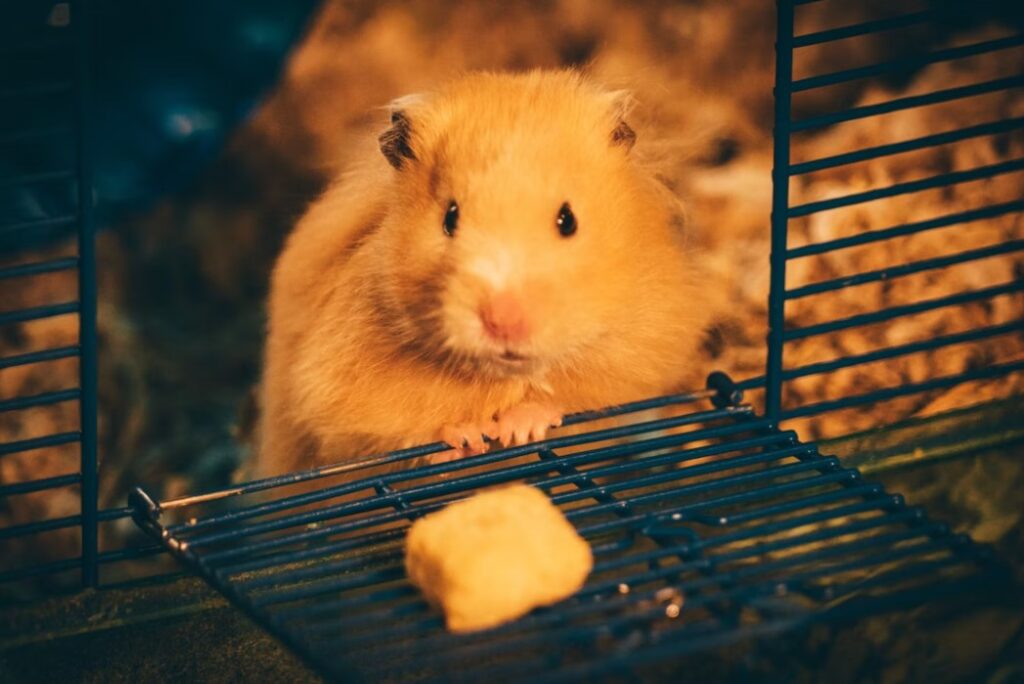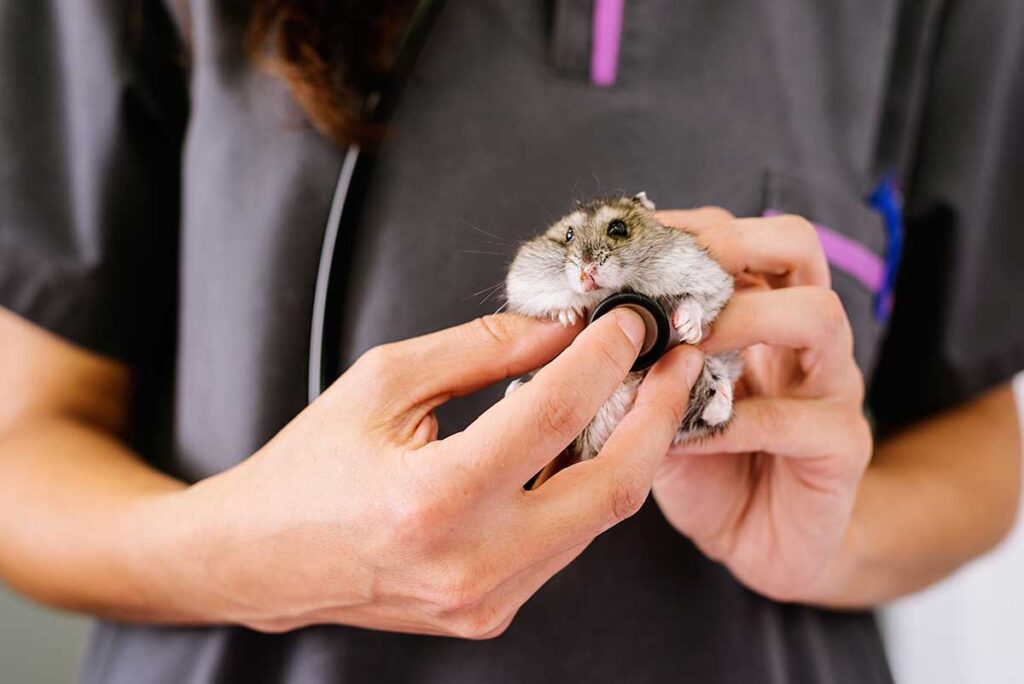6 Tips for Keeping Your Hamster Safe and Clean
Hamsters are popular pets among many people. They don’t need much attention, get enough exercise running around on their wheel, and are attractive, cuddly, and enjoyable to hold. They can be a great first pet for certain kids.
Grooming, shelter cleaning, and upkeep are likely unknown to most hamster parents. Unfortunately, neglecting to clean your hamster cage can make your pet, as well as you, sick. These helpful cleaning tips keep hamster habitats and hamsters clean and safe.
1. Choose A Good Hamster Cage

Source: unsplash.com
The correct form of housing is probably one of the first things you should think about to keep your hamster as healthy as possible. There are many commercial hamster cages on the market that can accommodate your new pet in various ways.
Some people construct their hamster cages from wire or plastic tubes. Regardless of the sort of cage you choose, your hamster will appreciate having plenty of room to roam and explore. This will keep your hamster happy while also giving him plenty of activity, vital for his overall health.
Because most hamster cages are made of plastic, your hamster will try to chew or claw its way out. When cleaning the cage, keep an eye on their behavior to ensure they aren’t making a hole. To prevent chewing escape, some hamster owners use a metal wire cage with tiny gaps.
Visit www.aivituvin.com to get the best hamster cages for your furball.
2. Pay Attention To Food And Water
Hamster food and hamster treats available in the market will give adequate nutrients to your hamster. If you’re offering them vegetables or other scraps, be sure they’re free of pesticides. Hamsters are extremely sensitive animals, and even the least amount of pesticide can have devastating, even lethal, consequences. As a result, you should never feed your hamster grass clippings or any of the other items from your yard that regularly come into contact with these harmful chemicals.
Your hamster’s health depends on the quantity and quality of water available to him. Make sure you have a constant supply of clean fresh water. Water bottles that attach to the sides of hamster cages are a terrific method to keep them hydrated. Water at room temperature, on the other hand, rapidly grows bacteria, so make sure you empty the bottle every day, rinse it off, and replace it with fresh water. Your hamster will not drink much water, but it must constantly be clean and available in sufficient quantities.
3. Keep The Cage Clean

Source: istockphoto.com
If you leave your hamster’s cage dirty, they may develop health problems. So proper and consistent cleaning keeps your pet healthy and saves you money on vet bills. You should clean your hamster’s cage regularly. Ideally, once a week or every few days. The size of your hamster’s cage will determine how thoroughly you clean it.
Cleaning only the soiled areas is known as spot cleaning. You will do this daily. When cleaning the cage every week, you do not need to remove anything. To avoid the spread of germs, thoroughly wash your hands before and after cleaning your hamster cage.
Wipe away any extra water with a cloth or paper towel, as moist bedding might make the hamster unwell. Please make sure there are no sharp edges in the tunnels that could harm it or aid it in escaping. Hamsters groom themselves but make sure their hair is clean and free of waste or food. Give it a dust bath if essential to remove greasiness and keep them clean.
4. Choose The Bedding Carefully
Do not consider using pine-wood or cedar chips as hamster bedding since the odor might irritate their respiratory systems. Although many people prefer paper or other fiber-based bedding, aspen is a safer option if you desire wood bedding. Cotton nesting materials sold in pet stores are unnecessary and could cause problems if ingested or tangled around their toes. Cheap nesting materials include shredded toilet paper or facial tissues.
On the ground, there should be a minimum of 5-6 inches of bedding. This may seem excessive, but hamsters in the wild dig massive tunnels. If there isn’t enough bedding, many hamsters won’t dig, so make sure there is plenty. Bedding can be washed and replaced as part of the weekly cage cleaning.
5. Make The Veterinarian Your Best Friend

Source: hamsters101.com
It’s crucial to remember that hamsters are incredibly vulnerable creatures, and even a minor illness can turn into a life-threatening epidemic. You must ensure that your hamster is always in good health, which necessitates regular visits to the veterinarian!
Your hamster will never be in grave danger if you take him to the vet regularly. Take your animal friend to the vet immediately if they start acting strangely. The sooner you figure out what’s wrong with your hamster, the better.
6. Include Exercise In Their Routine
Hamsters are high-energy animals who require plenty of exercises to stay healthy. They’re small enough to work out at home! Get your hamster a hamster ball to play with every day. The majority of hamsters will prefer having their workout wheel at home.
Wheels are an excellent way for your hamster to get some exercise and maintain its health. If you have a larger hamster breed, like the Syrian hamster, make sure you obtain a larger wheel. Your hamster’s safety must also be considered when purchasing the wheel.
Conclusion
An active, clean, and well-groomed hamster is a sign of good health. A sick hamster will appear tired and sleep a lot more than usual. They may also have matted hair or appear unclean in specific regions. Take your hamster to the vet straight away if they appear unwell or unhealthy in any manner. It can be the difference between life and death if you respond quickly.
Hamsters are tiny and delicate animals, but they can make excellent pets if you know how to care for them properly. Taking proper care of hamsters entails several steps that have been mentioned above. When it comes to owning a hamster, keep these pointers in mind, and your furry pal will always be a happy pet.



















